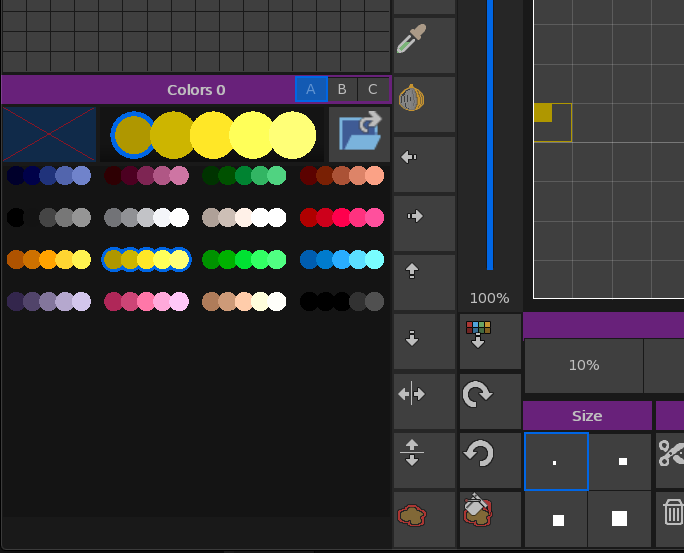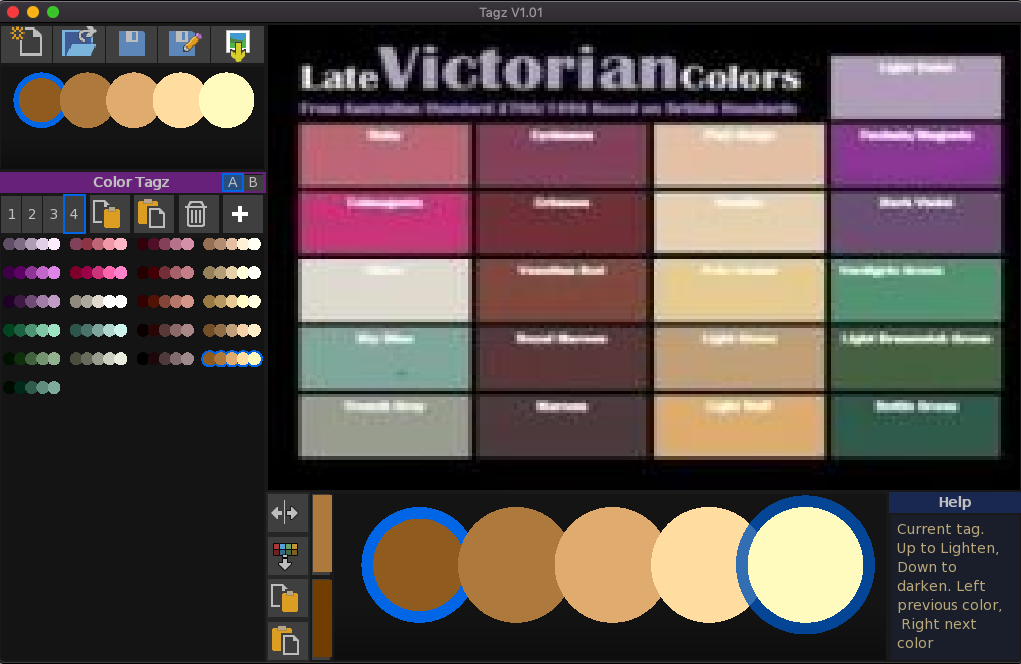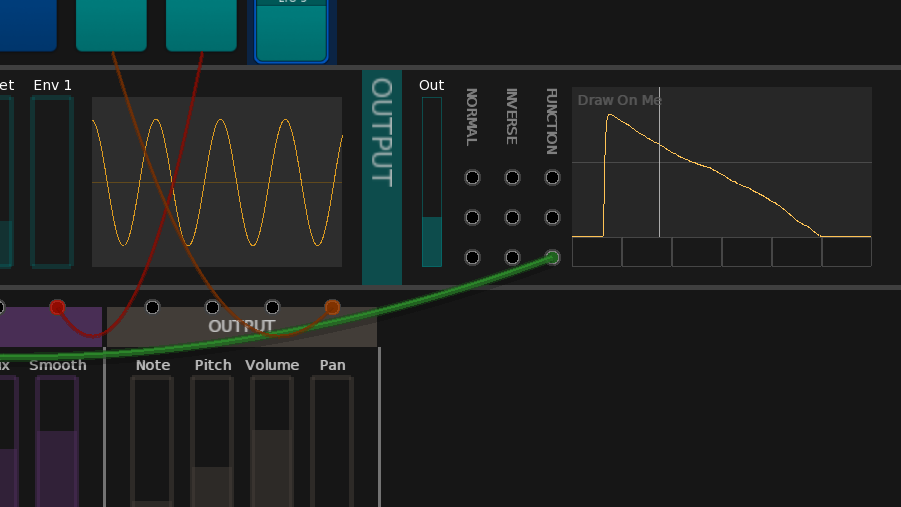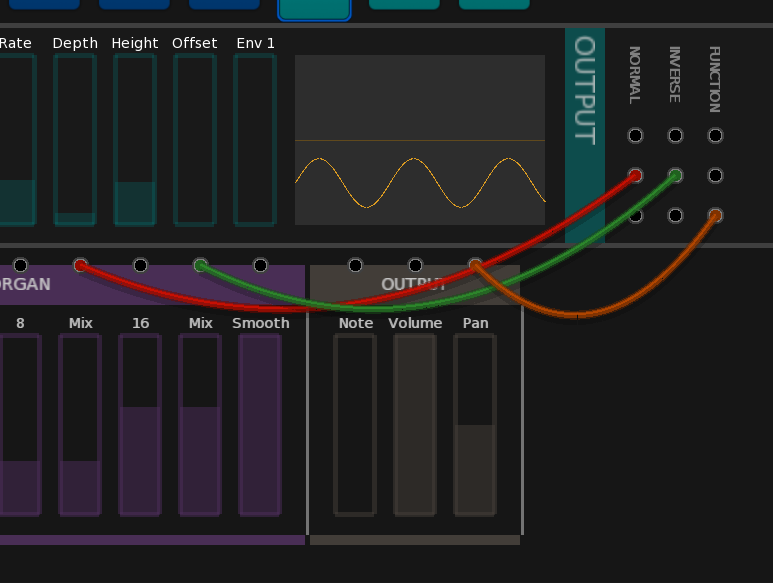Forum Replies Created
-
AuthorPosts
-
Almost finished now:

You can see an image has been dropped and some colors picked from the image.The toolbar has 2 extra ‘export’ icons for exporting the results as images:
the current ColorTag:

and also the colorTagz that have been defined

One the export is completely finished I will also up the loading code
first look at FontSprite editor with new ColorTagz loaded

More or less getting finished now with added help, color spreads, ability to nudge colors up/down in tone.
Loading and saving now complete with loading of (jasc) .pal and .mx2palette files.

I’ve created a number of ‘default’ colortagz to play with and now need to work on image export
Then I’ll begin importing of the colortagz code into my other editors
Another thought would be to fade the alpha of the bottom left text as it goes up. that was it doesn’t encroach the main display as much
I like the tightened up maps – feels much better
A good idea would be to give the player a task (or tasks). E.G. Find the fabled xxx of xxx, etcso you need python for it to work?
Brilliant. I’ll see what can be done…
Mark. Any word on this. even it it is ‘I’m looking in to it”?
ok. I’ve found a way round for 2d stuff.
do the following:
Class MyWindow Extends GLWindow
instead of
Class MyWindow Extends Window
This seems to work for 2d. I fear that 3d may be a trickier beast to tame…
Well done
comments:
1. on a mac I would never use escape to quit. its actually Cmd+Q
2. after playing for a while it occurred to me that the long ‘corridors’ don’t really add anything apart for a long walk. maybe consider shortening them (possibly by half)?Thanks – did you use the MacOS or Windows version?
break it down
step 1 – time
lets assume you want the time for the animations to be 3 seconds = 3000 Millisecs()set a time + 3000
local timeLength:long = 3000
local timeStart:long = Millisecs()
local endTime:long = Millisecs() + timeLength2 check and convert the time
in your renderlocal time:long = Millisecs()
if time > startTime and time < endTime then
local position:float = float(time – startTime) / timeLength
‘position will always be in the range 0..1. you can then use this any way you want
end ifgiven a float of 0..1 you can fade in:
canvas.Alpha = positionfade out:
canvas.Alpha = 1.0 – positionrotate:
local rotate:float = position * Pietc, etc
Thanks simon. The core is based around the SDLAudio subsystem
Current progress:

This shows the extended output section plus fully operational Envelope1 section. Notice that wires connecting hidden controls are also now shown (thinner) so you know what is going on. The only thing missing is the function part…

Which is exactly what we have here.
A function is an additional part to any control where the output can be directly mapped just by drawing the output you want!Work is now ongoing to tidy up the internal code itself. Currently there are 30 controls covering samples (including granular and wavetable synthesis), base FX such as phase change, distort, etc. Audio delays, stereo enhancers, and filters. Plus pure sound generators including organ, FM, PWM, saw and others.
and it’s done. Sockets and wires that can be connected… Still need the back end code. but the ui is more or less finished

-
AuthorPosts
